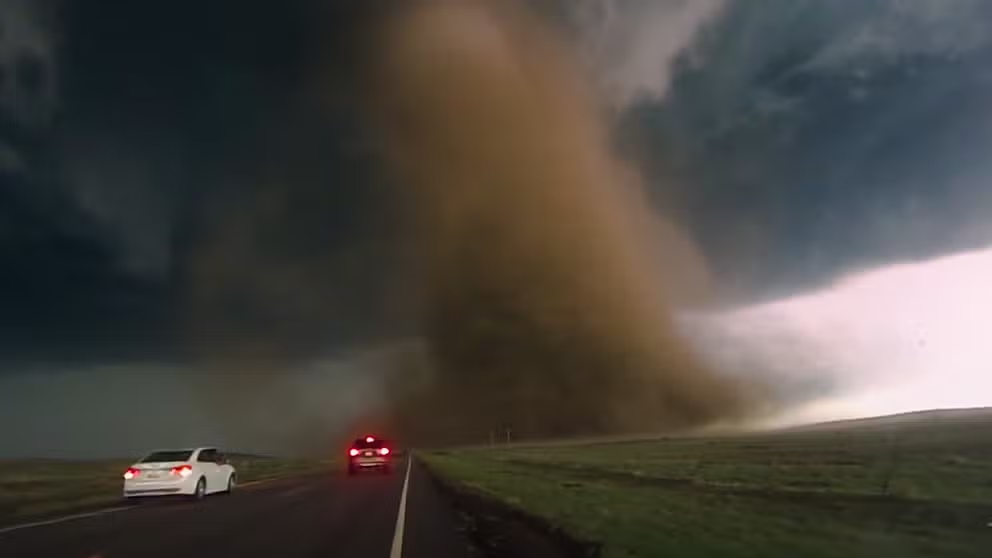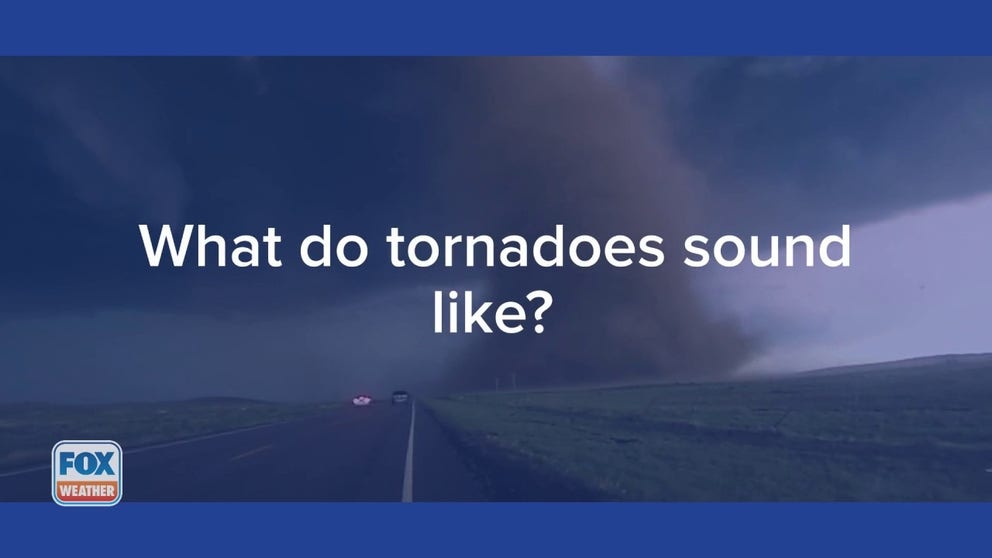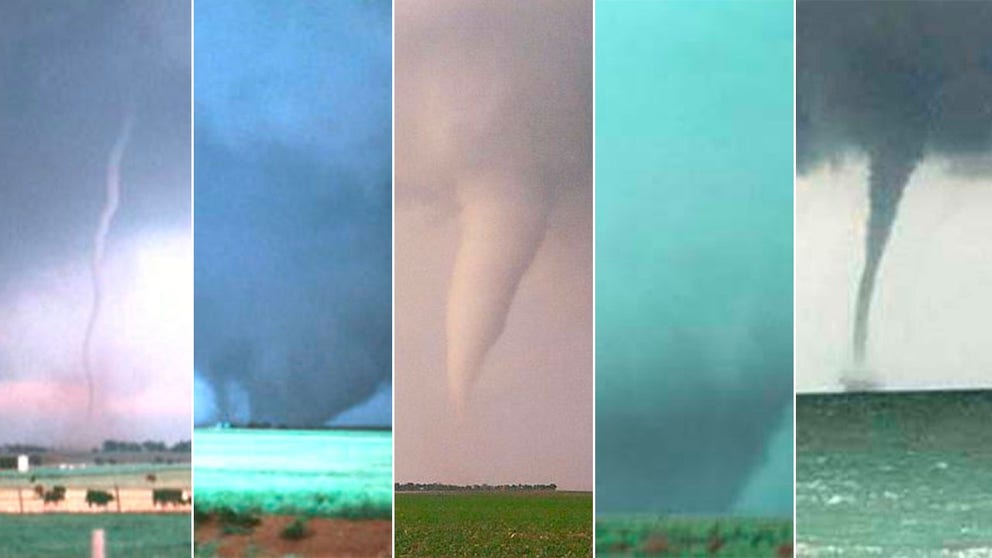What is a 'Particularly Dangerous Situation' Tornado Watch or Warning?
Issuing a PDS Tornado Watch is rare. Forecasters use data to predict where tornadoes are likely to occur and issue tornado alerts when conditions warrant them. In some cases, forecasters will issue a "Particularly Dangerous Situation" watch or warning.
What is a 'Particularly Dangerous Situation' Tornado Watch or Warning?
PDS Tornado Watches are issued when the forecaster has high confidence that multiple strong or violent tornadoes will occur in the watch area.
Tornadoes are narrow, violently rotating columns of air that stretch from thunderstorms to the ground and are among the most extreme types of weather on the planet.
Forecasters use data to predict where tornadoes are likely to occur and issue tornado alerts when conditions warrant them. In some cases, forecasters will issue a "Particularly Dangerous Situation" watch or warning to highlight the threat.
"PDS Tornado Watches are issued when the forecaster has high confidence that multiple strong (EF2-EF3 on the Fujita Scale) or violent tornadoes (EF4-EF5 on the Enhanced Fujita Scale) will occur in the watch area," FOX Weather meteorologist Greg Diamond said. "There is no specific criteria to issuing one. It is at the discretion of the forecasters at the Storm Prediction Center."
HERE'S WHERE TORNADOES ARE MOST LIKELY TO OCCUR IN EACH MONTH
A stove pipe tornado cuts its way through a field in Minneola, Kansas, 24 May 2016. (Photo credit: Jason Weingart/Barcroft Media via Getty Images/Barcroft Media via Getty Images)
(Getty Images)
Issuing a PDS Tornado Watch is rare
Of 3,058 Tornado Watches issued during the period of 1996-2005, only 7% (216) were PDS watches, according to Diamond.
Most tornado-related deaths, injuries and damage come from tornadoes that are rated EF2-EF5. While those tornadoes make up a small portion of all tornado reports, they are responsible for most deaths, injuries and damage reports.
Therefore, an outbreak of long-lived and violent tornadoes is the motivation for issuing a PDS Tornado Watch.
"If you are in a PDS watch area, you must make sure you have a way to get warnings if they are issued," Diamond said. "And if you're at home, be ready to go to your safe place with your shoes on. You don't want to be walking through rubble in bare feet."
NIGHTTIME TORNADOES FAR MORE LIKELY TO TURN DEADLY THAN THOSE DURING THE DAY
What do tornadoes sound like?
The actual sound of a tornado will depend on its size, intensity and how close you are to the twister.
What should I do if one is issued for my area?
Tornado Watch: This means conditions are favorable for tornadoes to form. Monitor local weather reports and be prepared to take shelter if a warning is issued where you are.
Tornado Warning: This means a tornado has been indicated by radar or someone has seen it. Move to the lowest level of the building you’re in, preferably a basement or storm shelter. Find a room in the center of the building and stay away from windows. You need to put as many walls between you and the tornado as possible, making flying debris harder to reach and injure you. Also, use a helmet or other object to cover your head.
Tornado Emergency: A tornado emergency is rare, and according to the National Weather Service there are specific criteria for this to be issued. There needs to be a severe threat to human life that is imminent or ongoing, catastrophic damage is imminent or ongoing and reliable sources, such as a trained spotter or strong radar evidence that a tornado exists.
5 types of tornadoes
There are five types of tornadoes that you might see. Here's what you need to know.



